Home>Furniture>Bedroom Furniture>How To Stop Squeaky Wooden Bed Frame
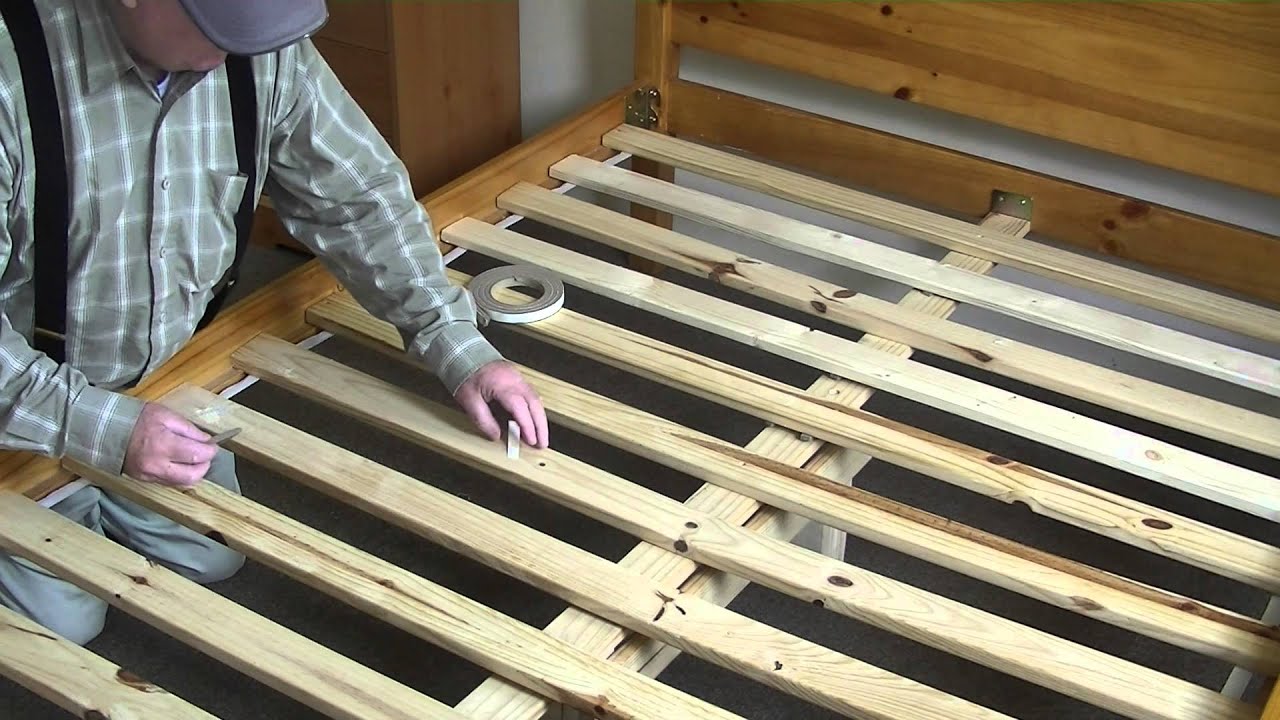

Bedroom Furniture
How To Stop Squeaky Wooden Bed Frame
Modified: January 9, 2024
Learn how to stop your squeaky wooden bed frame with these easy tips and tricks. Say goodbye to annoying sounds and enjoy peaceful nights in your bedroom.
(Many of the links in this article redirect to a specific reviewed product. Your purchase of these products through affiliate links helps to generate commission for Storables.com, at no extra cost. Learn more)
Introduction
A squeaky wooden bed frame can be incredibly frustrating, disrupting your sleep and causing unnecessary noise. The constant creaking and squeaking can leave you feeling restless and irritable. However, the good news is that you don’t have to live with the annoyance. With a few simple steps, you can put an end to the squeaks and enjoy a peaceful night’s sleep.
Before we dive into the solutions, let’s explore the causes of a squeaky wooden bed frame. Understanding what is causing the noise will help you address the issue more effectively and prevent future squeaks.
So, grab your tools and let’s get started on fixing that squeaky bed frame!
Key Takeaways:
- Say goodbye to squeaky nights! Tighten screws, lubricate joints, reinforce weak areas, and replace worn-out parts to enjoy a peaceful, silent sleep on your wooden bed frame.
- Equip yourself with the right tools and follow the step-by-step process to eliminate squeaks and creaks from your wooden bed frame. Enjoy a restful night’s sleep without any annoying noises.
Read more: How To Build A Wooden Bed Frame
Causes of a Squeaky Wooden Bed Frame
There are several reasons why your wooden bed frame may be squeaking. Understanding these causes is crucial in order to implement the right solutions. Here are some common culprits:
- Loose screws and bolts: Over time, the screws and bolts that hold the bed frame together can become loose. This can result in movement and friction between the joints, leading to creaking sounds.
- Wood on wood friction: When two wooden surfaces rub against each other, such as the bed slats and the frame, it can create squeaking noises. This commonly occurs when the wood is dry or lacking proper lubrication.
- Weak or damaged joints: If the joints in your bed frame are weak or damaged, they may not provide adequate stability. This can cause the frame to shift or flex, resulting in squeaks and creaks.
- Excessive movement: If your bed frame moves or wobbles when you get in or out of bed, it can generate squeaking noises. This is typically due to a lack of support or uneven weight distribution.
- Worn-out or damaged components: Continuous use can cause certain components of the bed frame, such as the slats, to wear out or become damaged. This can lead to squeaks and rattling sounds.
Identifying the specific cause of the squeaking will help you determine the appropriate solution to fix it. Now that we have covered the causes, let’s move on to the tools and materials you’ll need to resolve the issue.
Tools and Materials Required
Before you begin fixing your squeaky wooden bed frame, it’s important to gather the necessary tools and materials. Here’s what you’ll need:
- Screwdriver: A screwdriver will be necessary for tightening loose screws and bolts in the bed frame.
- Lubricant: Choose a lubricant specifically designed for wood surfaces, such as silicone or beeswax. This will help reduce friction between wooden components and eliminate squeaks.
- Wood glue: If you have weak or damaged joints, wood glue can help reinforce them and provide added stability.
- Replacement parts: Assess your bed frame to determine if any components need to be replaced, such as worn-out slats or damaged brackets.
- Hammer: A hammer may be necessary for any repairs or adjustments that require a bit of force.
- Sanding block: If there are rough or splintered areas on the wood, a sanding block can help smooth them out.
- Measuring tape: This will come in handy if you need to measure the dimensions of replacement parts or make adjustments to ensure proper alignment.
Having these tools and materials ready will make the process of fixing your squeaky wooden bed frame more efficient and effective. Now that you’re equipped, let’s move on to the step-by-step process of stopping those annoying squeaks.
Step 1: Inspect and Identify Problem Areas
The first step in fixing a squeaky wooden bed frame is to thoroughly inspect the frame and identify the problem areas. This will help you understand the root cause of the squeaks and determine the appropriate solutions.
Start by removing the mattress and bedding from the bed frame, allowing you full access to all the joints, screws, and components. Take a close look at the entire frame, paying attention to any visible signs of damage or wear.
As you inspect, keep an ear out for any squeaking sounds or areas where the frame seems unstable. Move the frame gently back and forth to see if there is any excessive movement or wobbling.
Check the joints and connections of the bed frame, including the headboard, footboard, and side rails. Look for any loose screws, bolts, or brackets that may be contributing to the squeaks.
Another important aspect to assess is the condition of the slats. Ensure that they are properly aligned and not warped or cracked. Damaged or worn-out slats can cause significant squeaking.
Make note of all the problem areas and the specific issues that need to be addressed. By identifying these problem areas, you can move on to the next steps and implement the necessary fixes to stop the squeaking.
With the problem areas identified, you’re ready to move on to step 2: tightening loose screws and bolts.
Step 2: Tighten Loose Screws and Bolts
One of the most common causes of a squeaky wooden bed frame is loose screws and bolts. Over time, the constant use and movement of the bed can cause these fasteners to become loose, resulting in squeaks and creaks.
To resolve this issue, you’ll need a screwdriver and possibly a wrench, depending on the type of fasteners used in your bed frame. Follow these steps to tighten the loose screws and bolts:
- Using your screwdriver or wrench, locate the loose screws and bolts on the bed frame.
- Using a clockwise motion, tighten the screws and bolts as much as possible. Make sure not to overtighten, as this can strip the threads or damage the wood.
- Repeat this process for all the loose fasteners throughout the bed frame.
- After tightening, test the bed frame by gently shaking or moving it. Listen for any remaining squeaks. If no squeaks are heard, move on to the next step. If squeaking persists, double-check all the screws and bolts to ensure they are properly tightened.
Tightening loose screws and bolts can significantly reduce squeaking in your bed frame. However, it is important to note that if the screws or bolts are damaged or stripped, they may need to be replaced. In such cases, proceed to step 6 to learn how to replace worn-out or damaged parts.
Now that we have addressed the issue of loose fasteners, let’s move on to step 3, where we will learn how to lubricate the bed frame joints to further eliminate squeaks.
Read more: How To Stop Squeaky Stairs
Step 3: Lubricate Bed Frame Joints
Lubricating the bed frame joints is an effective way to reduce friction between wooden surfaces and eliminate squeaks. This step is especially important if you’ve noticed creaking sounds when parts of the bed frame rub against each other.
Here’s how you can properly lubricate the bed frame joints:
- Start by applying a small amount of lubricant to a clean cloth or rag. If you’re using a spray lubricant, spray it directly onto the joints.
- Focus on the areas where two wooden surfaces come into contact, such as the joints between the bed slats and the frame. Apply the lubricant evenly and thoroughly.
- Wipe away any excess lubricant to avoid a greasy or sticky residue.
- Once you’ve lubricated all the necessary joints, reassemble the bed frame by placing the slats back into position.
Make sure to choose a lubricant that is specifically designed for wood surfaces, such as silicone or beeswax. These types of lubricants provide long-lasting lubrication without causing any damage to the wood.
After applying the lubricant, test the bed frame by gently moving or rocking it. Listen for any remaining squeaks or creaks. If the lubrication effectively reduces the noise, move on to the next step. If squeaking persists, you may need to explore other solutions, such as reinforcing weak points or replacing worn-out parts.
Now that we have lubricated the bed frame joints, let’s proceed to step 4, where we will learn how to eliminate excessive movement to further prevent squeaks in the future.
Apply a lubricant such as wax or silicone spray to the joints and connections of the bed frame to reduce friction and eliminate squeaking.
Step 4: Eliminate Excessive Movement
Excessive movement in a bed frame can contribute to squeaking and creaking noises. If you notice that your bed frame wobbles or moves excessively when you get in and out of bed, it’s important to address this issue to prevent future squeaks.
Here are some steps to help eliminate excessive movement in your bed frame:
- Ensure that the bed frame is properly assembled and all screws and bolts are tightened.
- Check the support system of the bed frame, such as the center beam or support legs. If these components are loose or weak, tighten or reinforce them as necessary.
- Consider adding extra support by placing a piece of plywood or a bed frame support system between the mattress and the bed frame. This will help distribute the weight more evenly, minimizing movement.
- Adjust the bed frame legs or casters to ensure they are level and stable. Uneven legs can contribute to the wobbling of the bed frame.
- If your bed is placed on a hardwood or tile floor, use rubber pads or furniture glides under the legs to prevent sliding and reduce movement.
By eliminating excessive movement in your bed frame, you can reduce the likelihood of squeaks and prolong the life of your bed. It’s important to regularly check and maintain the stability and support of your bed frame to prevent future issues.
Now that you have tackled excessive movement, let’s move on to step 5, where we will learn how to reinforce weak points in the bed frame.
Step 5: Reinforce Weak Points
If you have identified weak points in your bed frame during the inspection, reinforcing them is essential for preventing squeaks and ensuring the overall stability of the frame. Reinforcing weak points will give you added peace of mind and confidence in the durability of your bed.
Here’s how you can effectively reinforce weak points in your bed frame:
- Apply wood glue to the joints or areas that are weak or damaged. Make sure to use a high-quality wood glue that is specifically formulated for furniture repair.
- Press the affected areas together firmly to ensure a strong bond. Use clamps or heavy objects to apply pressure if necessary.
- Allow the wood glue to dry completely according to the manufacturer’s instructions. This will usually take a few hours.
If you notice severe damage or instability in certain parts of the bed frame, it may be necessary to replace those components entirely. This could include purchasing new slats, brackets, or other necessary parts. Measure the dimensions needed and find suitable replacement parts that match the existing ones.
Reinforcing weak points in your bed frame will significantly enhance its structural integrity and reduce the likelihood of future squeaks. Once you have completed this step, you can proceed to step 6, where we will address the option of replacing worn-out or damaged parts.
Step 6: Replace Worn-out or Damaged Parts
If you have identified any worn-out or damaged parts during the inspection of your bed frame, it is important to replace them to eliminate squeaks and ensure the stability of the frame. Worn-out components can contribute to the overall creaking and may compromise the structural integrity of the bed.
Here are the steps to follow when replacing worn-out or damaged parts in your bed frame:
- Identify the specific parts that need replacement, such as cracked slats, damaged brackets, or broken connectors.
- Measure the dimensions of the parts that need to be replaced to ensure you purchase the correct replacements.
- Locate a reliable supplier or retailer that offers the necessary bed frame parts. Online stores and home improvement stores are good places to start your search.
- Purchase the replacement parts and ensure they match the original components in terms of size, material, and style.
- Remove the old, worn-out parts from the bed frame by unscrewing or detaching them carefully.
- Install the new parts according to the manufacturer’s instructions. Ensure a secure and tight fit to prevent any future squeaks.
- Test the bed frame by gently shaking or moving it to ensure that the replaced parts have eliminated the squeaks.
By replacing worn-out or damaged parts, you will not only resolve the squeaky issue but also extend the lifespan of your bed frame. It is crucial to take proactive steps to maintain the quality of your bed frame and address any signs of wear and tear.
We’re almost there! In the next step, we will test for squeaks and make any necessary readjustments.
Read more: How To Disassemble A Wooden Bed Frame
Step 7: Test for Squeaks and Readjust if Necessary
After going through the previous steps to fix your squeaky wooden bed frame, it’s time to test for any remaining squeaks and make any necessary readjustments. This final step ensures that you have successfully resolved the issue and can now enjoy a peaceful and silent sleep.
Follow these steps to test for squeaks and make any required readjustments:
- Reassemble your bed frame by placing the mattress and bedding back on.
- Lie down on the bed and shift your weight around while listening for any squeaking noises. Pay attention to different areas of the bed frame, including the headboard, footboard, and sides.
- If you hear any squeaks, try to pinpoint the source of the noise. It may be due to a loose screw, a joint that needs more lubrication, or an area that requires reinforcement.
- Make the necessary adjustments based on the source of the squeak. This may involve retightening screws, applying more lubricant, or reinforcing weak areas with additional support.
- Continue testing and readjusting until all squeaks have been eliminated, and you can enjoy a silent and stable bed frame.
It’s important to note that some slight noises may be unavoidable, especially if you have an older bed frame. However, with the steps outlined in this guide, you should be able to significantly reduce or eliminate most squeaks and creaks.
Congratulations! You have successfully fixed your squeaky wooden bed frame and can now enjoy a peaceful night’s sleep without any annoying noises.
Remember, regular maintenance and periodic inspections will help prevent future squeaks and ensure the longevity of your bed frame. So, keep an eye out for any signs of wear and address them promptly to avoid any further issues.
With a squeak-free bed frame, you can now rest easy and wake up refreshed each morning.
Conclusion
Having a squeaky wooden bed frame can be incredibly frustrating, but it doesn’t have to be a permanent annoyance. By following the steps outlined in this guide, you can successfully fix your squeaky bed frame and enjoy a peaceful night’s sleep without the incessant creaks and squeaks.
We started by understanding the causes of a squeaky bed frame, such as loose screws, wood-on-wood friction, weak joints, excessive movement, and worn-out components. Identifying these causes allowed us to address the specific issues contributing to the squeaks.
Throughout the process, we focused on gathering the necessary tools, inspecting and identifying problem areas, tightening loose screws and bolts, lubricating the bed frame joints, eliminating excessive movement, reinforcing weak points, and replacing worn-out or damaged parts. Each step was carefully designed to target the root causes of the squeaks and provide effective solutions.
By diligently following these steps, you have successfully resolved the squeaking issue and restored the stability and silence to your bed frame. You can now enjoy a peaceful and uninterrupted sleep, free from the annoying noises that once haunted your nights.
Remember, regular maintenance and occasional inspections of your bed frame are important to prevent future squeaks and maintain its overall quality. Pay attention to any signs of wear and address them promptly to avoid any further problems.
We hope this guide has been helpful in guiding you through the process of fixing your squeaky wooden bed frame. With the knowledge and tools you have gained, you are now equipped to tackle any squeaks that may arise in the future.
Here’s to many nights of undisturbed sleep and a squeak-free bed frame!
Frequently Asked Questions about How To Stop Squeaky Wooden Bed Frame
Was this page helpful?
At Storables.com, we guarantee accurate and reliable information. Our content, validated by Expert Board Contributors, is crafted following stringent Editorial Policies. We're committed to providing you with well-researched, expert-backed insights for all your informational needs.
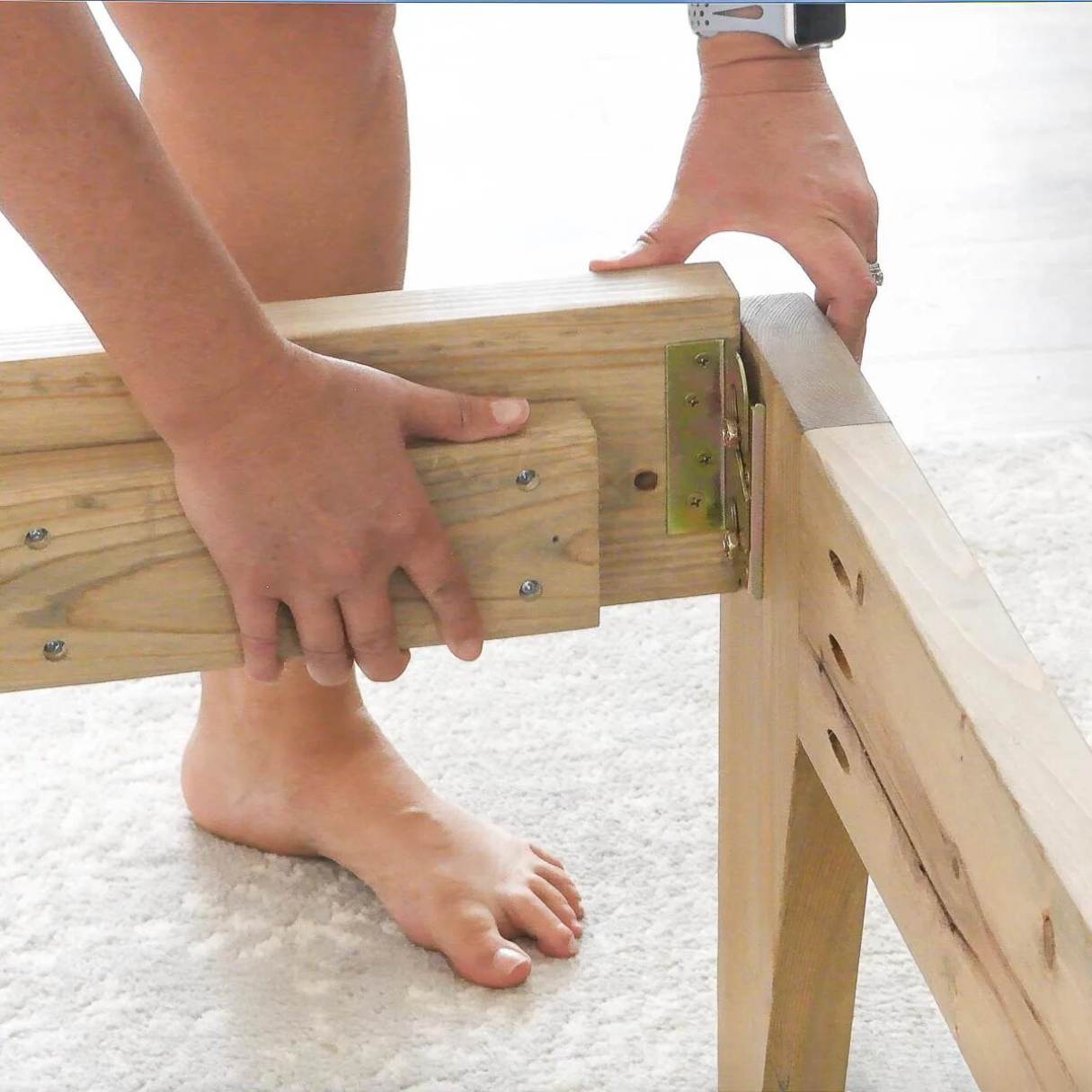
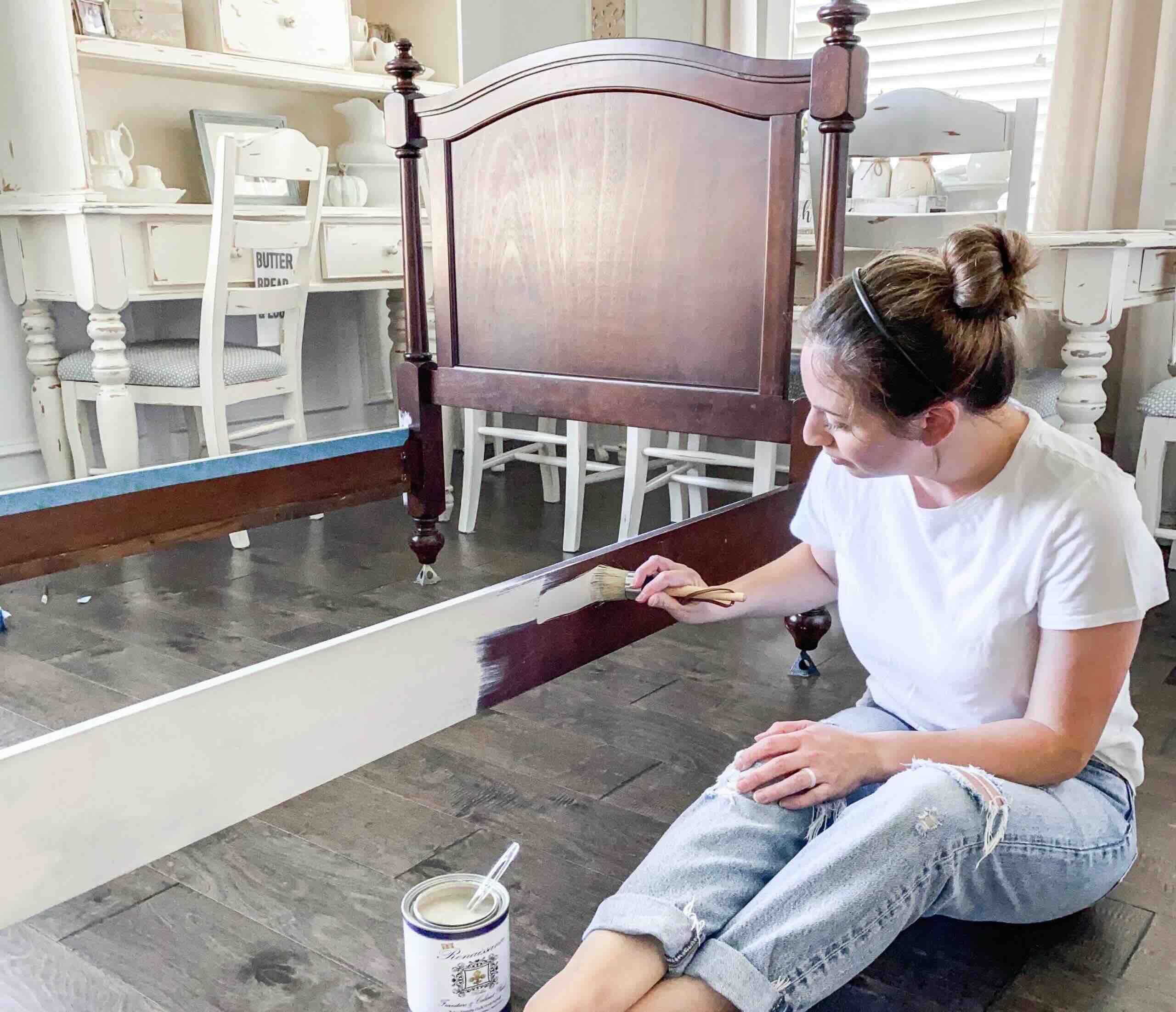
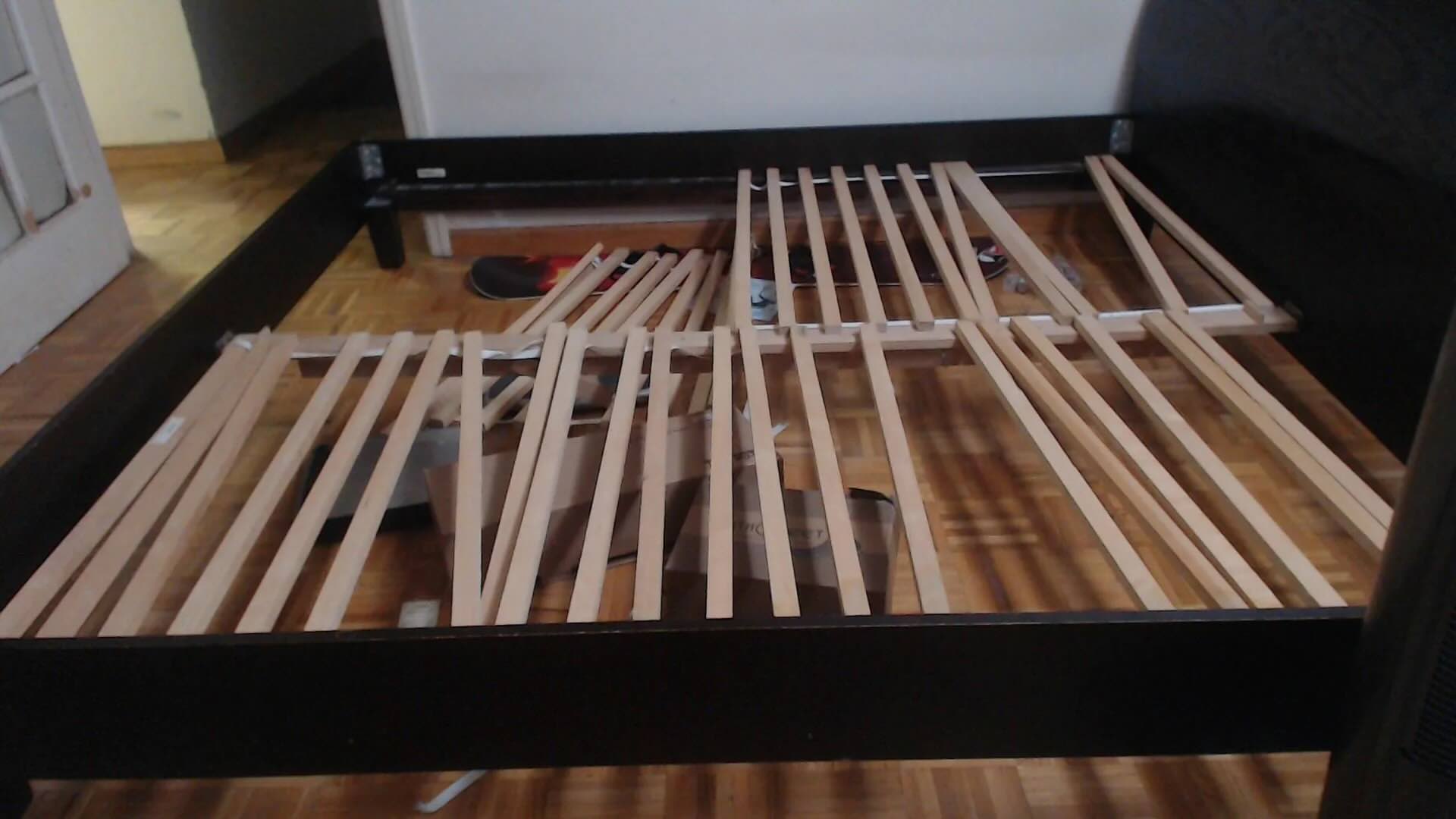
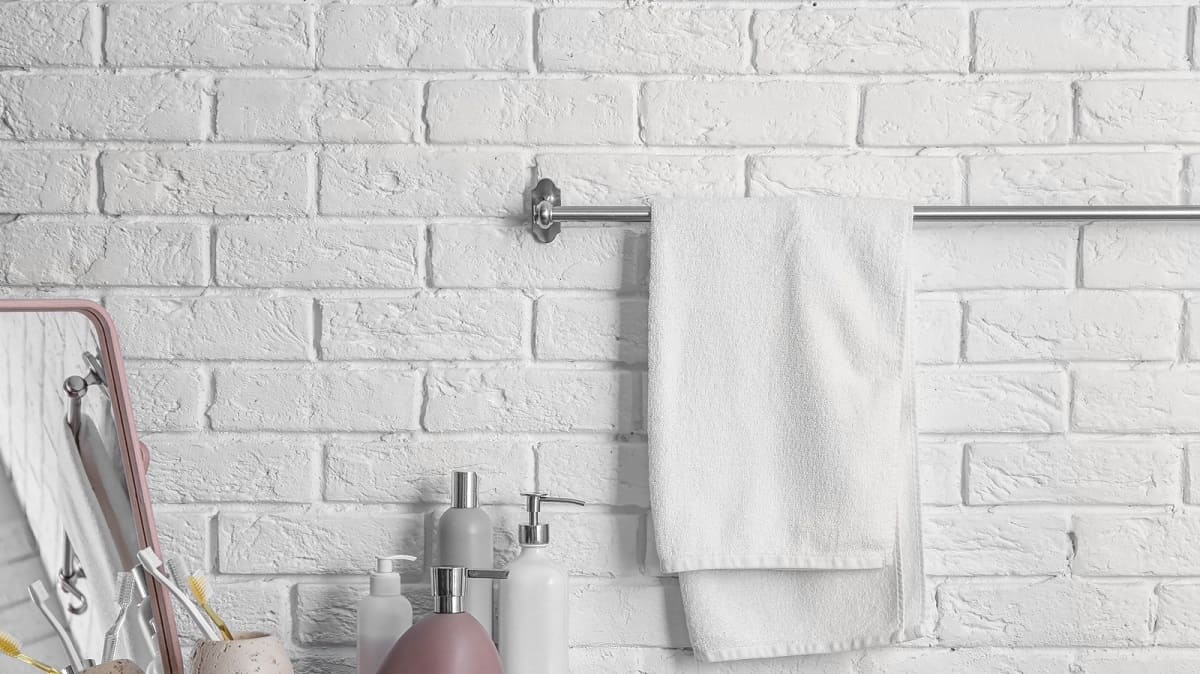
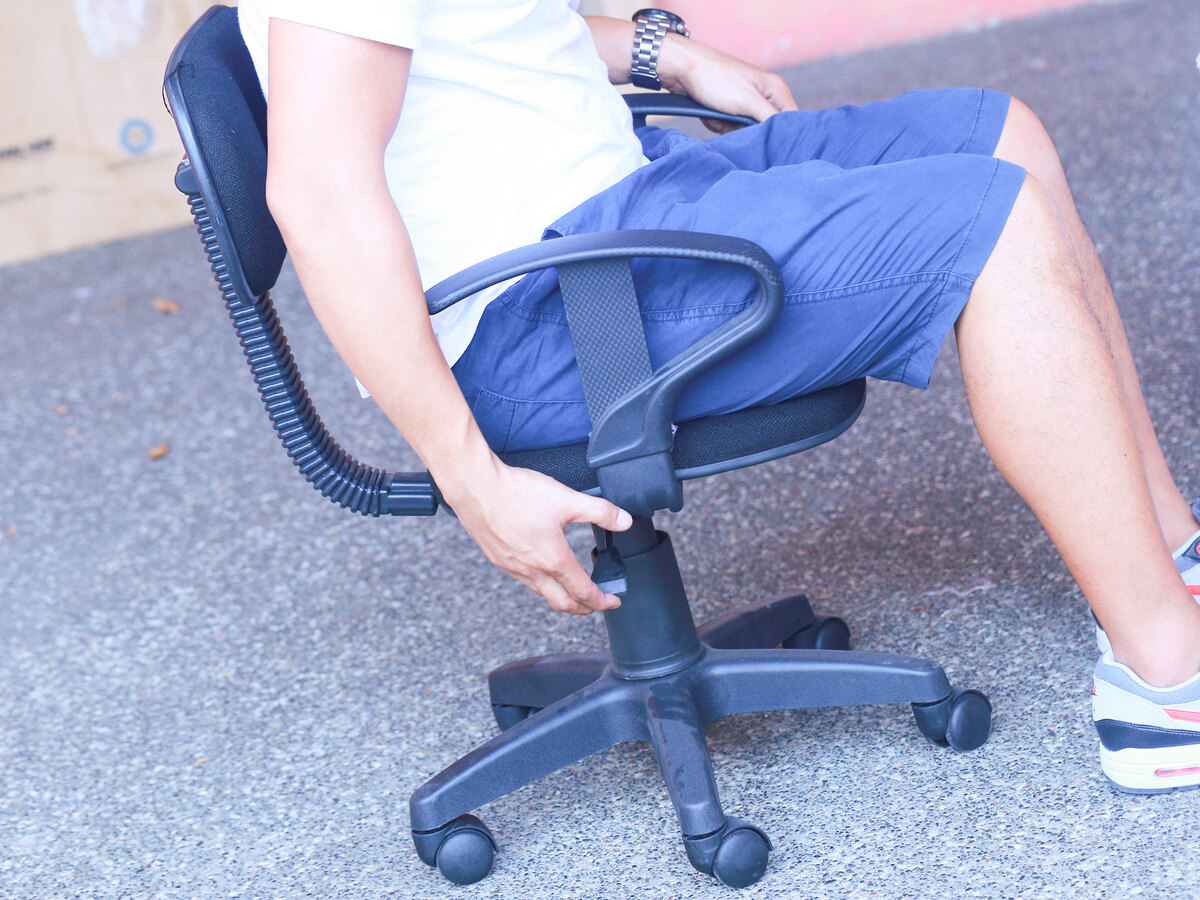


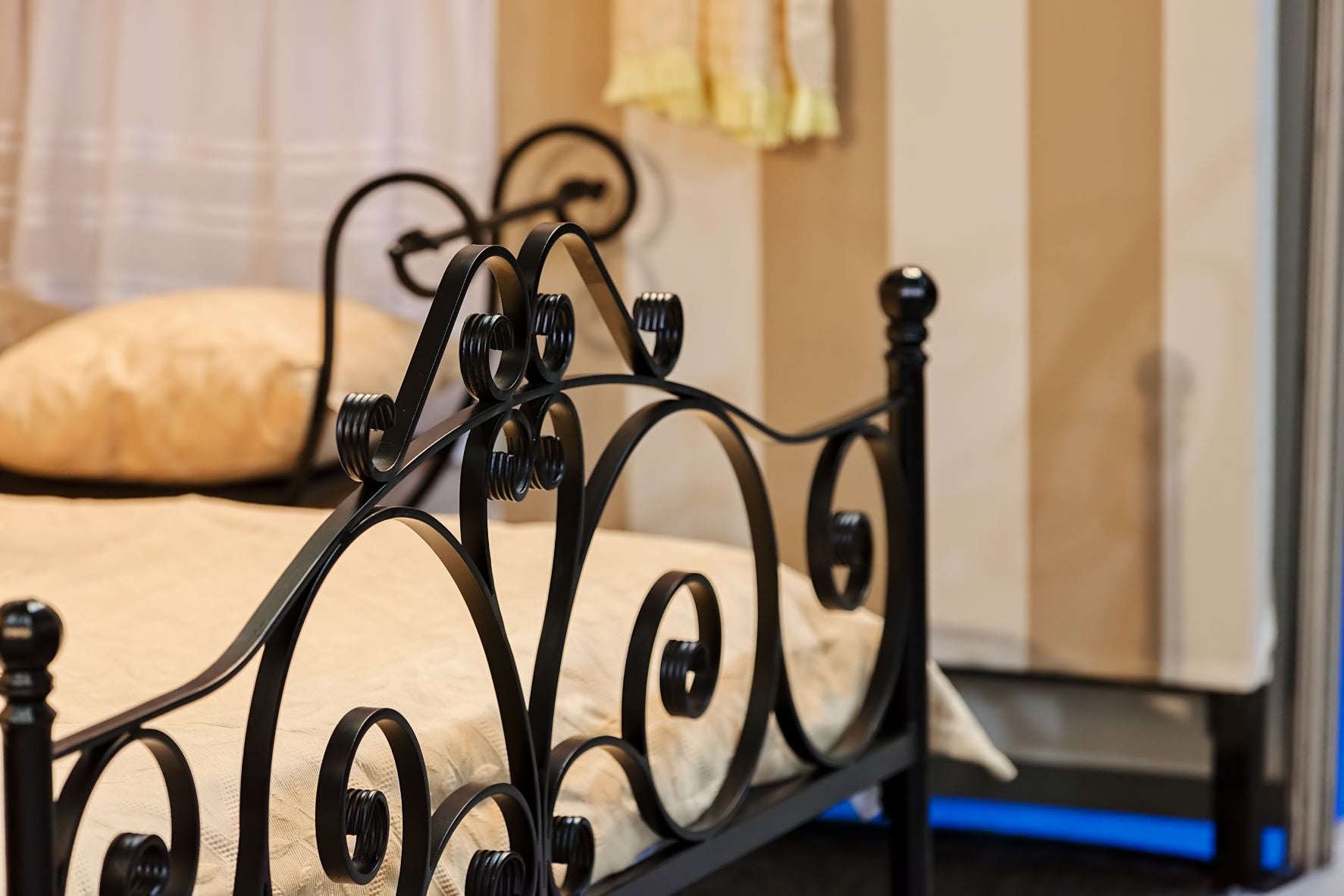






0 thoughts on “How To Stop Squeaky Wooden Bed Frame”